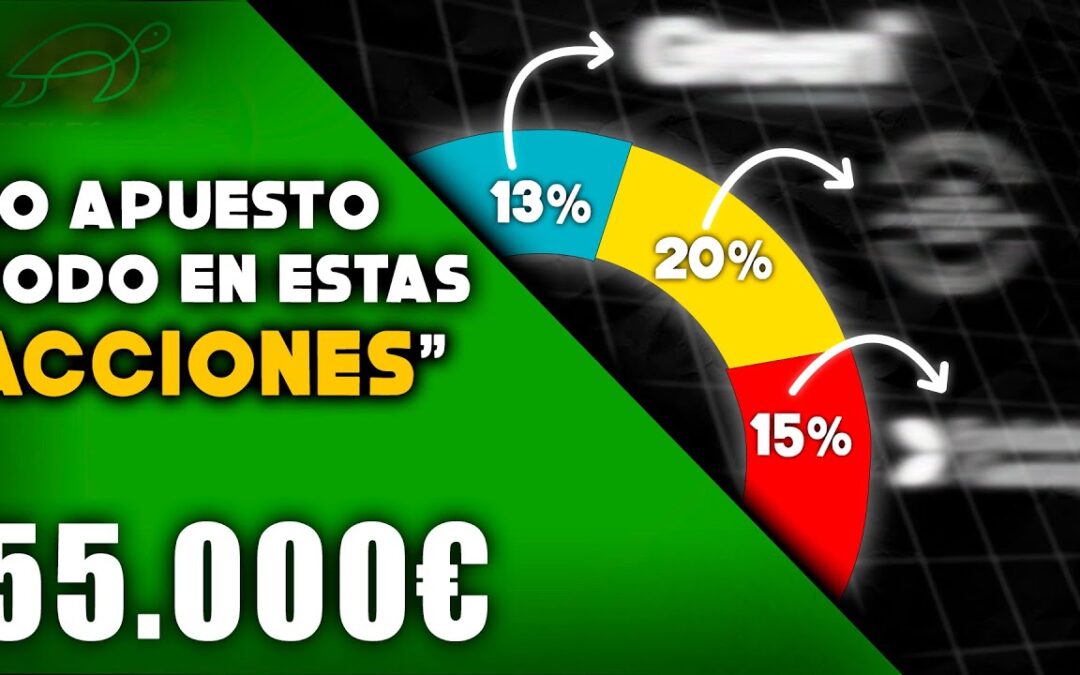BARN
🍫 Barry Callebaut, the world’s largest chocolate manufacturer, faces challenges from the cocoa price surge but benefits from contracts that pass inflation to clients like Nestle and Mondelez, protecting its margins better than competitors.
📉 The crisis increases working capital needs due to higher inventory costs, leading to negative free cash flow and requiring more debt, although Barry’s strong balance sheet (investment grade) and low borrowing costs mitigate this risk.
🥇 As the best-positioned player with scale advantages, Barry could gain market share if smaller competitors falter, offering a long-term opportunity despite short-term volume declines and market volatility. Valuation is attractive at 10x earnings vs. historical 25x.
@adriarivero:
“Barry Callebaut has fallen significantly recently. It’s a position I’ve presented before, linked to the cocoa thesis. We’ve seen a supply crisis: lack of reinvestment, bad weather (El Niño), creating a perfect storm. Cocoa prices surged, impacting supermarkets. Supply is scarce as trees take time to grow, farmers lacked reinvestment. Like Sky Harbor, scarce supply. Demand might stay constant, but price hikes tire consumers. Barry Callebaut processes cocoa into butter/liquor and also manufactures final chocolate products (like tablets, KitKats) for companies like Mondelez and Nestle who outsource production. Its main cost is cocoa. The price surge means much higher inventory investment costs, a key problem. Volume growth has been good historically but is now negative. Crucially, Barry isn’t hurt as much by cocoa price hikes because its contracts with clients are linked to inflation; it passes costs on. It has scale advantages as the world’s largest chocolate maker. Valuation is now ~10x earnings, down from ~25x pre-crisis. Cocoa futures soared from $2000/ton to $8000-10,000, now calmed slightly. A small surplus is expected this year, not a deficit. Chocolate demand isn’t purely commodity; it’s grown, with potential in Asia. Deficits occurred recently. Production is concentrated (Ivory Coast, Ghana, etc.). Farmers earn little (5-6% of final price), lacking incentive. Barry is the biggest processor. Value chain: Farmer -> Exporter -> Processor (Barry) -> Manufacturer (Nestle using Barry’s chocolate/products) -> Retailer (Walmart) -> Consumer. Retailers and manufacturers like Nestle lack price protection; they struggle to pass full cost increases to consumers. Barry is protected via contracts. Barry has segments: raw material processing (volatile, commodity-like), Food Manufacturer (outsourced production like KitKats, better margins, grew post-2013), and Gourmet (highest margins, growing fast, sells premium cocoa to artisans/pastry shops). Recent results were bad: volume down 4% (worse than expected), negative free cash flow due to high bean investment costs (long cash cycle requires financing inventory), and higher margin calls on hedging derivatives. However, its bonds yield only 3.4% (investment grade), showing market confidence it won’t fail. Debt is covered; financing secured at low rates. Smaller competitors might go bankrupt, benefiting Barry long-term by increasing market share. Cost-saving program delayed 12 months. Gourmet segment fell most, Cocoa segment most volatile. Guidance: mid-single-digit volume decline, but double-digit EBIT growth, negative FCF. I added on recent dips. It’s a long-term thesis; expect volatility.”
Watch the exact part of the video where @adriarivero talks about Barry Callebaut AG here:
Watch the video on YouTube
Read more articles analyzing Barry Callebaut AG (BARN) at the following link. BARN stock.


